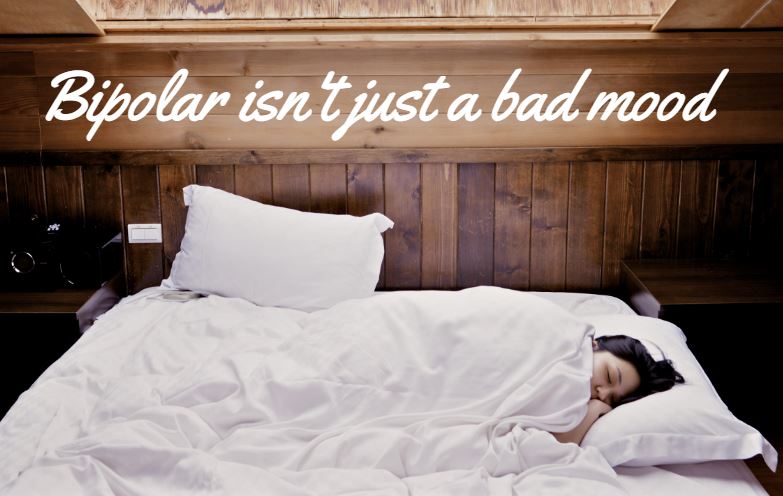When it comes to bipolar disorder, wider use of the term doesn’t mean broader understanding. The term “bipolar” is often tossed around to describe everyday traits and occurrences. You’ve heard it before, and maybe even said it before. Maybe the term “bipolar” was used to describe someone acting moody or perhaps unpleasant, unpredictable weather. It’s a pretty common practice but colloquially misusing the word bipolar is offensive to people who are actually mentally ill. Bipolar disorder is misunderstood and stigmatized enough as it is, and throwing about the term metaphorically is just fuel for the fire, reinforcing public misunderstandings about the disease.
To set the record straight, these are three things that sets bipolar disorder apart from normal mood swings:
- Intensity: Bipolar mood swings are more severe than normal mood swings. The highs and lows of bipolar disorder are more extreme than regular mood variation.
- Length: Having a bad day every now and then is normal. With bipolar disorder, periods of mania or depression can span weeks or months.
- Interference with life: Normally, a bad mood doesn’t disrupt your life too much. It can make your routine more unpleasant, but you’re still capable of getting through your day. During a depressive phase of bipolar disorder, someone might not be able to get out of bed, and during a manic phase, they can go days without sleep.
If you or a loved one is suffering from bipolar depression call us or fill out the form below.
[gravityform id=”3″ title=”true” description=”true”]


